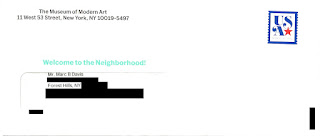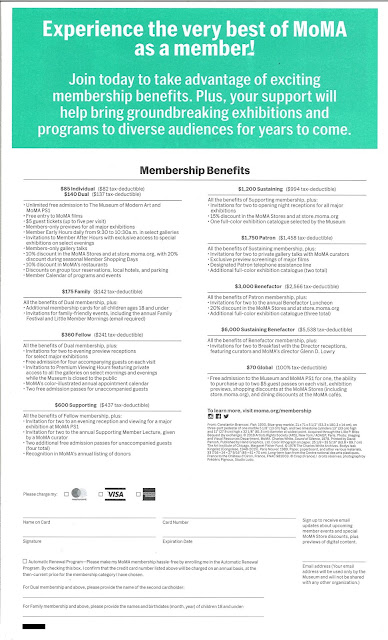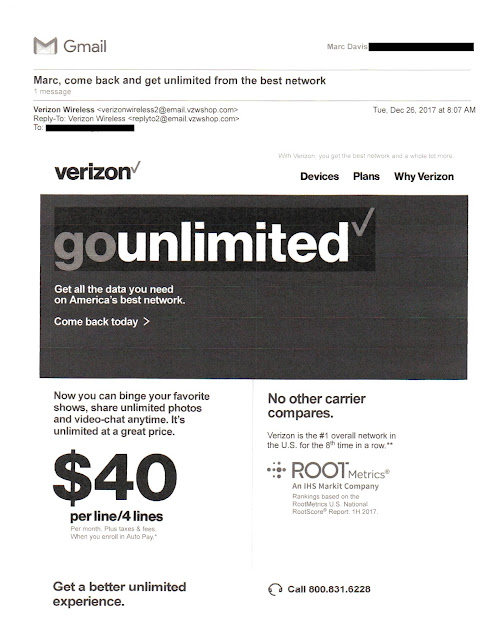In April, I wrote about Celebrity Cruises sending me an email once a day, on average. Every day is a new special – or, perhaps, the same special as yesterday that bears repeating! Nearly every email contains a limited time offer, so I’d better “Act Now!”
I received 207 209 emails since returning from a March cruise, making Celebrity’s near spam-like email solicitations a sad Fail for List. (I started this morning with 207 emails but received 2 more in the past hour.)
Let’s recognize that going on a 3- to 14-night cruise to exclusive destinations (pardon me for absorbing their sales language) is not entirely an impulse purchase decision. If it were, then Celebrity would have offers that last a day or two rather than a week. But, hey, I’m not a cruise industry marketing expert.
Celebrity isn’t the only cruise line that continually hits homes with marketing communications. Every month for at least four years, I’ve received a mailer from Norwegian Cruise Lines. Every monthly mailer tours a destination and rotating offers such as on-board high-end dining, excursion credit, friends and family tag along for free, in-cabin Wi-Fi, or the opportunity to binge-drink at sea – also known as “unlimited open bar.”
The distinction between Norwegian’s and Celebrity’s marketing is that Norwegian’s printed and mailed offers include an aspirational flair: You want to be on the beach in the Caribbean or watching whales off the shore of Alaska. In contrast, Celebrity’s special-offer-of-the-day emails tend to be more transactional in nature. To be fair, maybe some of the emails strive for a more emotional resonance, but, even as a marketing professional, I’m not going to review all 200+ of them to find out.
Lesson:
Test the frequency of communications with your customers to learn what is the most responsive. Sometimes less is more.
























